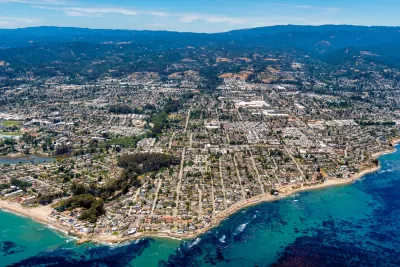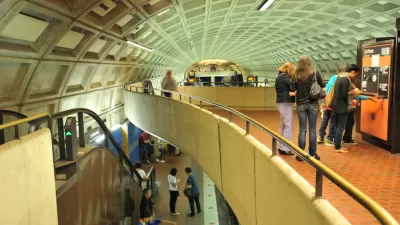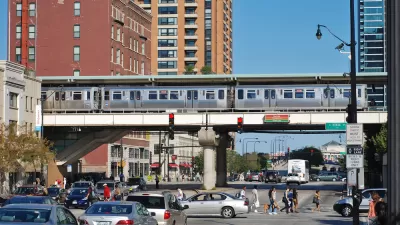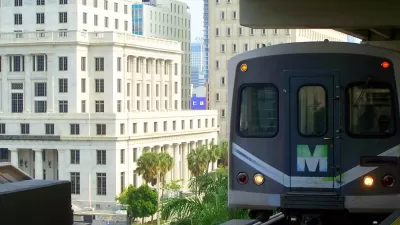A small transit agency in Northern California is making ambitious expansion plans.

In a post on his blog, Human Transit, Jarrett Walker praises the expanding transit service in Santa Cruz County, California, a coastal area just south of the San Francisco Bay Area.
“Like many US agencies, Santa Cruz Metro had to make cuts during the pandemic to match the service to their shortage of bus drivers. In the last year, though, the pace of hiring has picked up, and the agency can do its first substantial expansion.” As Walker notes, his consultancy was asked to advise Santa Cruz Metro on its expansion plan, which the agency adopted last week.
According to Walker, “Phase 1, now scheduled for implementation this December, will change the network completely.” Unlike the current system, which has no service more frequent than every 30 minutes, the upgraded system will increase both frequencies and improve the timing of connections.
“It’s an especially big change in Watsonville, whose confusing tangle of overlapping hourly routes was especially useless for most trips. There, service is restructured to put a majority of the population and jobs near half-hourly service, mostly on lines that run through to the other cities to the west.”
The system will restore 15-minute headways on the lines that connect downtown Santa Cruz to the University of California campus. The agency will also simplify and combine certain routes. “Meanwhile, this is just the first phase of a more ambitious expansion that will be discussed with the public soon in hopes of further frequency expansions in 2024.”
FULL STORY: Santa Cruz County: A Growing Transit Agency in a Beautiful Place

Trump Administration Could Effectively End Housing Voucher Program
Federal officials are eyeing major cuts to the Section 8 program that helps millions of low-income households pay rent.

Planetizen Federal Action Tracker
A weekly monitor of how Trump’s orders and actions are impacting planners and planning in America.

Ken Jennings Launches Transit Web Series
The Jeopardy champ wants you to ride public transit.

California Invests Additional $5M in Electric School Buses
The state wants to electrify all of its school bus fleets by 2035.

Austin Launches $2M Homelessness Prevention Fund
A new grant program from the city’s Homeless Strategy Office will fund rental assistance and supportive services.

Alabama School Forestry Initiative Brings Trees to Schoolyards
Trees can improve physical and mental health for students and commnity members.
Urban Design for Planners 1: Software Tools
This six-course series explores essential urban design concepts using open source software and equips planners with the tools they need to participate fully in the urban design process.
Planning for Universal Design
Learn the tools for implementing Universal Design in planning regulations.
Ada County Highway District
Clanton & Associates, Inc.
Jessamine County Fiscal Court
Institute for Housing and Urban Development Studies (IHS)
City of Grandview
Harvard GSD Executive Education
Toledo-Lucas County Plan Commissions
Salt Lake City
NYU Wagner Graduate School of Public Service





























